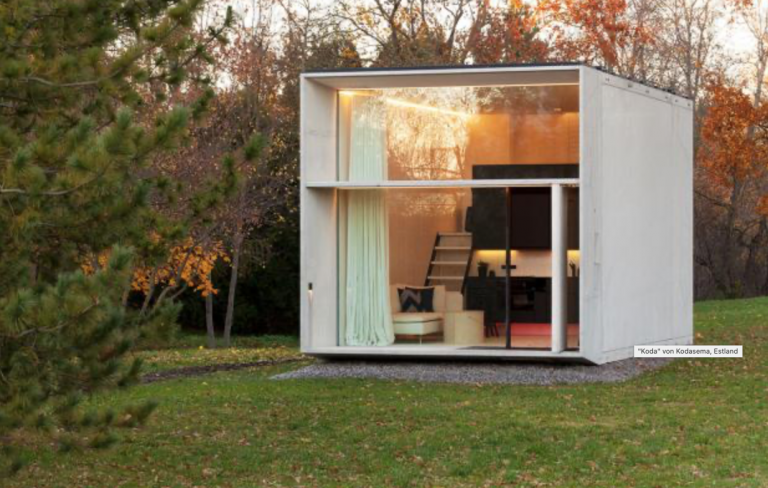Time and again, there is talk of “smart cities”, of intelligent cities that are supposed to be quieter, cleaner, more environmentally friendly or more liveable. There are many approaches to this in Asia, but also in other parts of the world. GEO’s online portal (text in german language only) has looked at some examples and taken an in-depth look at the world’s smartest cities – from South Korea to Bad Hersfeld.
A much-cited example is the South Korean city of Songdo, located around 50 kilometers southwest of Seoul with a population of approximately 100,000. Where Songdo stands today was still a tidal flat until 2003. The foundations of the city were laid, the city was planned on a drawing board. The South Korean government’s showcase project promises great things to its inhabitants, says the GEO article. Modern technology will enable the opposite of the dystopian big city’s molehole of noise and dirt. Songdo should be an environmentally friendly, resource-saving, safe high-tech city – a smart city, in other words. You can read more about Songdo, its advantages and its dark sides in the article by the Goethe-Institut (in German language only), among others.
GEO also shows that digital intelligence is not only possible in big cities, with examples from rural areas. Proof of this can be found in public transport on demand or transparent information systems for residents, for example about particulate matter levels, noise levels, free parking spaces or charging stations for electric cars. Many of these approaches have recently been discussed by the German Federal Association for Information Economy, Telecommunications and New Media e.V. (Bitkom e.V.) in a Smart City Atlas. In it, 50 German cities were examined for their “intelligence”.


